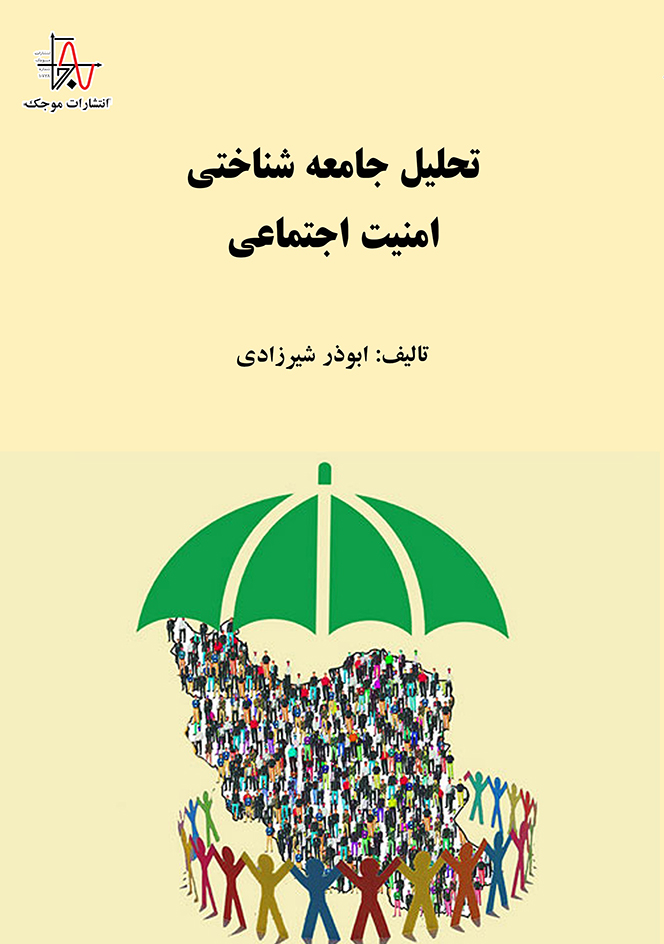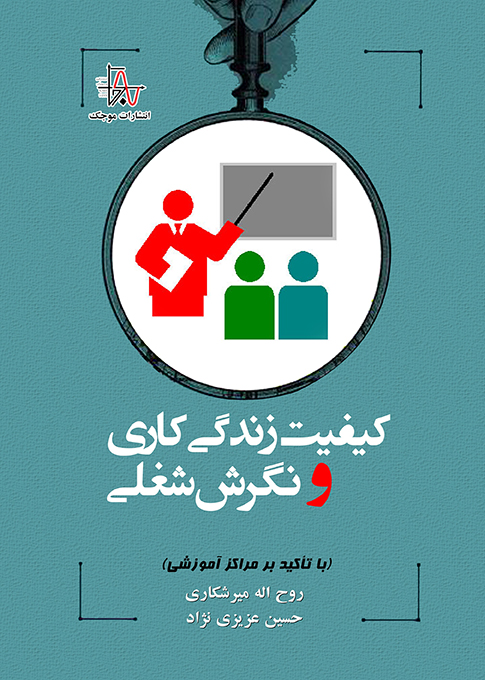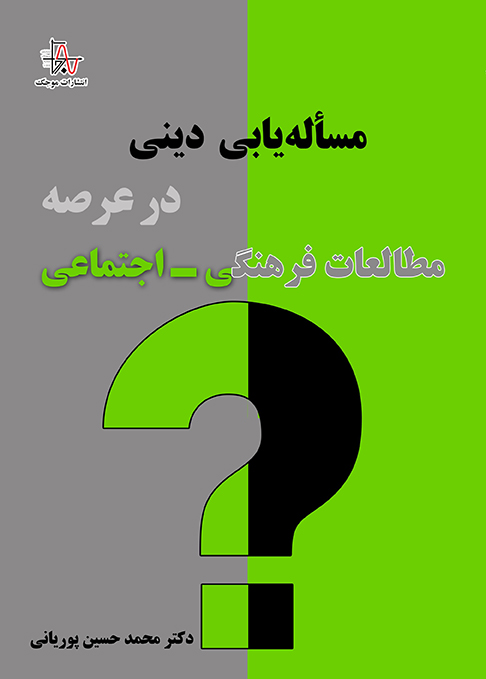ناشر : انتشارات موجک (ناشر دانشگاهی)
کد کتاب : M941
عنوان : تحلیل جامعه شناختی امنیت اجتماعی
تالیف : ابوذر شیرزادی
مشخصات ظاهری : ۱۰۳ صفحه، قطع وزیری
چاپ اول : زمستان ۱۴۰۲، تيراژ : ۵۰۰ جلد
قيمت : ۱۸۵۰۰۰۰ ريال، شابک : ۱-۶۱۸-۹۹۴-۶۰۰-۹۷۸
حقوق چاپ و نشر برای ناشر محفوظ است.
————————————————————————————————————————————————————————————————————————–






نقد و بررسیها
هیچ دیدگاهی برای این محصول نوشته نشده است.